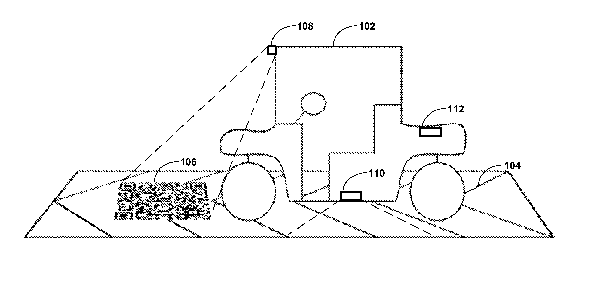This month, Google received Patent No. 8078349 for “Transitioning a Mixed-Mode Vehicle to Autonomous Mode.” The vehicle appears to be able to function in a driver-controlled mode, yet has the ability to be placed in a “driver-less” mode. When placed in this mode, the vehicle will use non-human inputs to monitor its location and proceed along a predefined path. When Google first applied for this patent, I saw some stories that did not seem to take this device seriously. I suppose it could be that as a society, we are so entrenched with the status quo when it comes to transportation that we cannot imagine anything other than what we have today. But for me, this is just one more sign that we are on our way to replacing cars with another type of transportation that does not require constant input and control by a human.
The key with the Google car is that it not only provides the promise of totally autonomous vehicles, but also the transition needed to get there. When I describe to people the thought of a personal rapid transit system run with either public or private cars, one of the questions has been how to transition to that system. And after seeing the Google car, it does seem to be a good solution. As infrastructure for autonomous vehicles is built out, we will need the ability to switch between modes in a manner similar to that used by the Google car.
And speaking of infrastructure, the other question or concern I hear, particularly from those in my field of civil engineering, is what will be used as a surface for these type of vehicles? I like to think it would not be pavement because I am not sure pavement as we have today is sustainable. Every year we spend an enormous amount of money and natural resources in just maintaining our roadways. And look at the difficulty Congress is having passing a highway bill. Not only can they not agree on what to fund and how much, but one of our main sources of revenue for highways, the gas tax, appears to no longer be viable or sustainable.
Add this in with the feedback we are hearing from the general public,
- No more new roads
- Reduce congestion and increase efficiencies
- Reluctance to use public transit
- More bike and pedestrian friendly roadways
- Ever-present concern over drunk driving and now texting/talking while driving
- Concern over waste generated from construction
and, if you deal with these restrictions every day, eventually you might start wondering just how long cars have left. Then if you begin to imagine how it could be with autonomous vehicles, PRTs, Google cars, or whatever you want to call them, you wonder why we are not at least talking about it. No one would ever have to worry about drinking/texting/talking and driving, and if you elevate the cars, you gain a tremendous amount of green space, save resources for other purposes, and don’t have to worry about waste disposal from construction. People in the future will wonder how we could have used such a primitive system.
Yet, I don’t hear these discussions from others in my field, and I worry that it will be another innovation that passes us by. If we don’t at least monitor, understand, plan, think about our role in this transition, and work to become part of it, we will be left on the sidelines while a company like Google takes the lead on infrastructure design.





Driverless vehicle technology is transformative, just as drone technology is changing warfare in a fundamental way. The technology is being developed largely in the private sector, but it has major public sector implications:
http://www.ibtta.org/files/PDFs/Tollways%5FSpr11%5FARTICLE%5F2.pdf